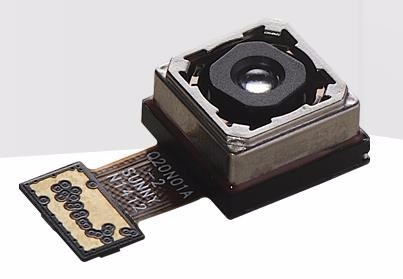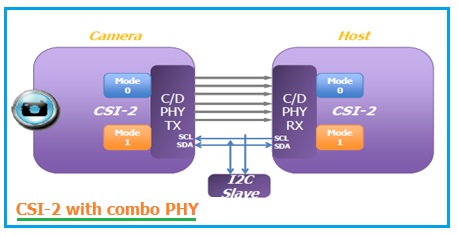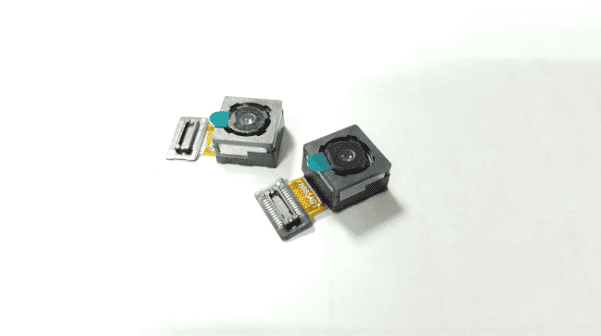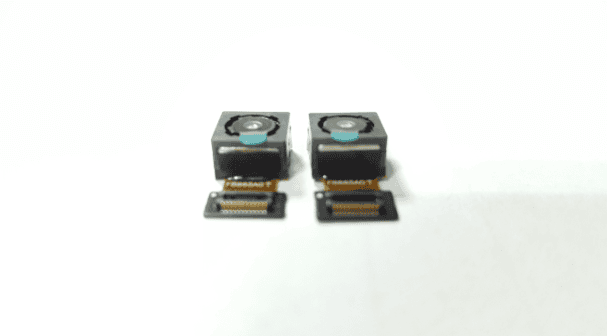
Expert in Camera Module Solution

Expert in Camera Module Solution

Camera Serial Interface
The Camera Serial Interface (CSI) is a specification of the Mobile Industry Processor Interface (MIPI) Alliance. It defines an interface between a camera and a host processor. The latest active interface specification is CSI-3 which was released in 2012.
Different Standards of MIPI CSI Interface:
MIPI CSI-1 was the original standard MIPI interface for cameras. It emerged as an architecture to define the interface between a camera and a host processor. Its successors were MIPI CSI-2 and MIPI CSI-3, two standards that are still evolving.
MIPI CSI-2 v1.0 specification was released in 2005. It uses either D-PHY or C-PHY (Both standards are set by the MIPI Alliance) as a physical layer option. The protocol is divided into the following layers:
1. Physical Layer (C-PHY/D-PHY)
2. Lane Merger Layer.
3. Low Level Protocol Layer.
4. Pixel to Byte Conversion Layer
5. Application Layer
MIPI CSI-3 is a high-speed, bidirectional protocol primarily intended for image and video transmission between cameras and hosts within a multi-layered, peer-to-peer, UniPro-based M-PHY device network. It was originally released in 2012 and got re-released in version 1.1 in 2014.
What is the difference between MIPI CSI-2 and CSI-3?
MIPI CSI-2 V1.3

Figure-1 and figure-2 depicts MIPI CSI-2 variants D-PHY, C-PHY and Combo PHY. Following are the features of MIPI CSI-2 V1.3 :
• PHY variants supported: D-PHY 1.2, C-PHY 1.0 or "Combo PHY"
• Number of Virtual Channels: Four (4)
• Control Interface: I2C
• Line based transmission (Easy implementation, low gate count, matched data rates for sensor and link)

• Interrupt type: In-Band
• Supports RGB, RAW, YUV, JPEG
• Embedded Data
• CRC/ECC for payload & Header Protection
MIPI CSI-3 V1.1

Figure-3 depicts MIPI CSI-3 interface. Following are the features of MIPI CSI-3 V1.1 :
• M-PHY 3.0
• Virtual Channels: 32
• In-Band Control
• Packet Based Transmission
• In-Band Interrupts
• Supports RGB, RAW, YUV, JPEG
• Embedded Data
• Notification channels for metadata, audio etc.
• CCI bridging
• Guaranteed delivery of data

You can continue to learn more about MIPI CSI interfaces at the below links:
https://mipi.org/specifications/csi-2
https://www.electronicdesign.com/communications/understanding-mipi-alliance-interface-specifications
http://www.rfwireless-world.com/Terminology/MIPI-CSI-2-vs-MIPI-CSI-3.html
Key words: #MIPI #CSI #CameraSerialInterface #Camera #CameraModule

CM Technology Company Ltd, which was founded in 2014, is a professional manufacturer specializing in designing, developing, manufacturing and marketing of all kinds of camera modules.
Your most trusted partner for camera module solutions
#telecommunications #iot #robotics #ai #embedded #hardware #medicaldevice #drone #artificialintelligence #security #surveillance #video #imaging #3d #facialrecognition #camera #electronics #robot #consumerElectronics #machinevision #deeplearning #vr #ar #virtualreality #accesscontrol #RaspberryPi
Website: www.camera-module.com
Email: info@camera-module.com
Skype: baggiowang0214
